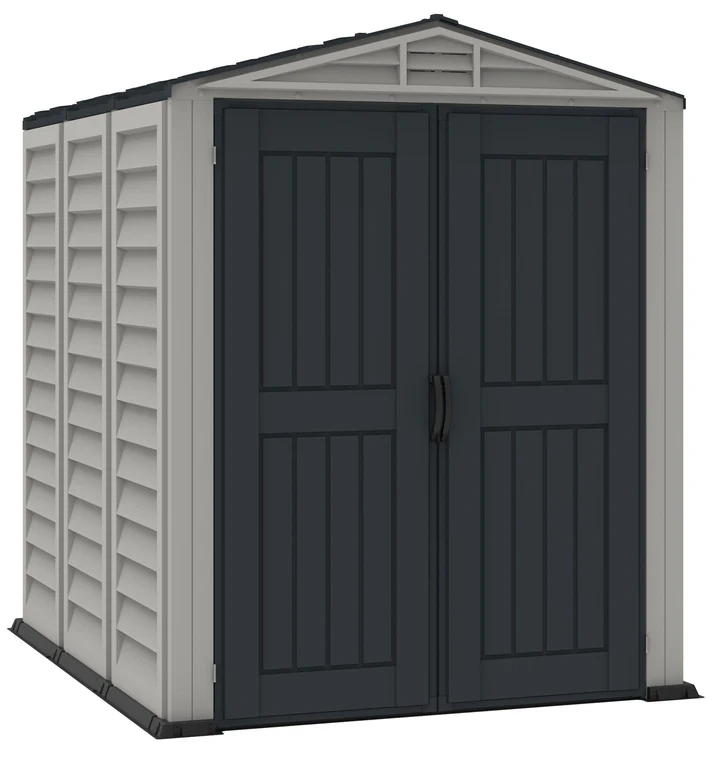Due to their versatile character, ball valves are one of the most widely used industrial equipment in existence. Each ball valve and type of drive have advantages and disadvantages to consider when selecting the correct option for the intended application. It is best to first determine your unchanging needs and then decide which additional features best suit your application.
When the sensor detects that the area is available for more fluid, it activates the powered ball valve, which changes position so that the process fluid can reach that location. A motorized valve is a type of valve that uses an electric motor to open and close the mechanisms. This valve is best suited for very large valve types or remote fluid monitoring systems, such as aircraft dice formation, agricultural irrigation and automatic fire prevention. The motorized valve is also suitable for remote flow control applications that include continuous valve function. A three-part ball valve has a main section and two tube connectors, which are welded with screw thread or on a tube. The three-piece design makes it easy to remove and repair the valve without removing the connectors from the tube.
In addition, electric ball valves can be made of different materials with different possibilities. A powered ball valve can be designed to handle high or low pressure and temperature conditions. These ball valves are also very durable and different materials can be specified to ensure durability in a specific application. We also transport 3-way pneumatic ball valves that provide a simple solution for bypass applications such as a bypass line or inlet or outlet line selectors. These are also available in different materials and with different types of drives. A ball valve is a quarter-tie valve that uses a ball with a hole drilled through it to control the flow of media.
All these benefits should encourage companies and industries to consider adding a powered ball valve to their design. A powered ball valve is very reliable and can completely stop van bi điều khiển bằng khí nén the flow of a substance when entering a particular tube or area. These valves are easy to maintain over time and can be adapted to the conditions of a particular factory.
These precision cutting balls match the control performance of balloon valves while providing the reduced power, characteristics and size and weight of the ball valves. Flow-Tek offers a wide variety of balls characterized by V-Port and Slotted Port. Standard characterized balls and an example of a custom ball are shown above. 90 ° and 60 ° balls, such as standard round hole balls, offer an equal percentage of inherent flow characteristics. A slot ball and a V-Port ball with a small corner opening, such as a 15 ° ball, provide a characteristic of inherent linear flow. Average angle V-gate valves, such as a 30 ° ball, provide an inherent flow characteristic of modified equal percentage.
Building materials and the ability to have welded ends represent just some of the factors that make these quarter efficiency equipment more suitable for applications with more extreme temperatures. Depending on the details of the application, the working speed can be a primary concern in terms of valve selection. Magnetic valves have the fastest response time in this regard, allowing them to pedal faster than a ball valve within the same range. Electric-powered ball valves in particular can bump slowly, both when opening and closing, and measure that period in seconds instead of milliseconds, sometimes from the solenoid. In addition, the ball valve electric drive may have a limited duty cycle, which means that a specific operating time ratio is required relative to the active operating time to avoid engine overheating. In addition to cycling faster, a magnetic valve also has a considerably longer life.
